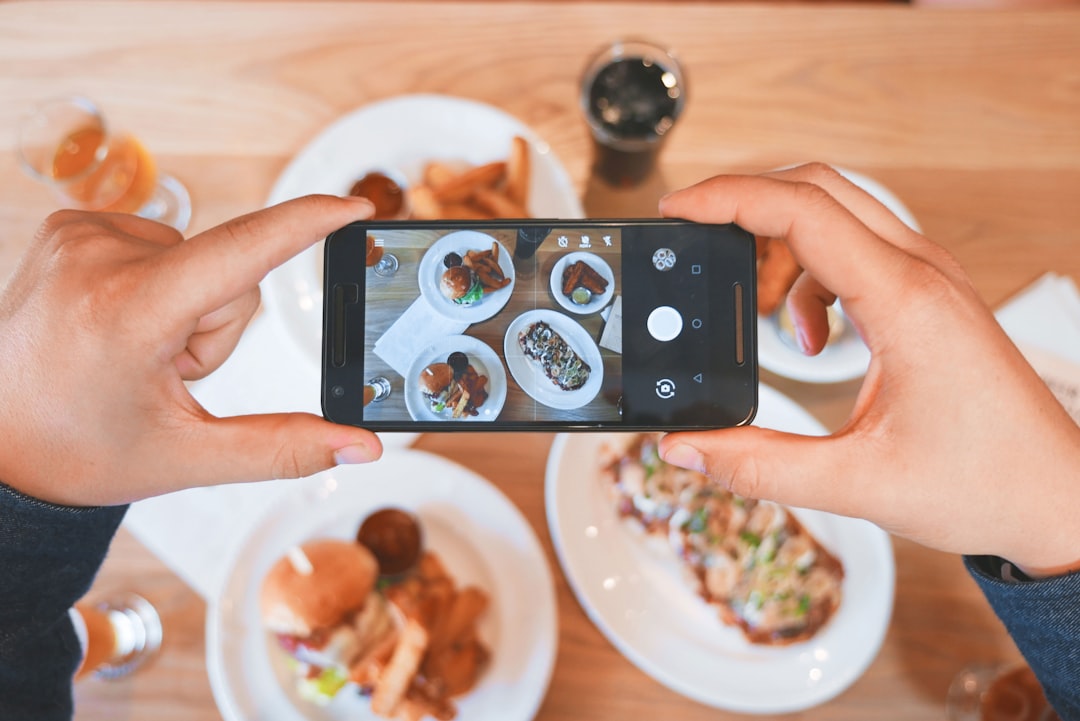Are you struggling to create a cohesive marketing strategy for your restaurant? You're not alone. In the competitive restaurant industry, understanding and implementing the 4Ps of marketing—Product, Price, Place, and Promotion—can be the difference between thriving and merely surviving.
The 4Ps framework provides a structured approach to developing your restaurant's marketing strategy:
Let's dive into how each element can be optimized specifically for your restaurant business.
Your product extends beyond just food—it encompasses everything customers experience.
Your menu is your primary product. Consider:
According to OpenTable's restaurant marketing guide, restaurants must "prioritize quality and uniqueness to stand out in a saturated market."

The dining experience differentiates great restaurants:
A farm-to-table restaurant might offer tableside presentations where servers explain the journey of ingredients from local farms to plate, creating a story around the meal that justifies premium pricing.
Pro tip: Document your product standards and regularly audit them using Spindl's analytics tools to ensure consistency across all customer touchpoints.
Pricing strategy balances profitability with customer perception.
Implement flexible pricing to maximize revenue:
A neighborhood bistro might offer a Tuesday night "date night" package with a three-course meal for two at a 20% discount compared to ordering the same items separately, filling seats during traditionally slow weeknights.
Research shows restaurants should allocate 3-6% of sales to marketing for optimal customer retention and growth, with pricing strategy being a crucial component of this investment.
Place refers to both physical location and distribution channels.
Modern restaurants need multiple service channels:
Spindl's platform excels here by integrating all these channels into one system, allowing you to manage orders from multiple sources without juggling different tablets or systems. Instead of switching between five different delivery app tablets, staff can view and process all orders through a single interface.
Promotion encompasses all communication with potential customers.
Did you know? 44% of Gen Z diners discover restaurant deals through social media, while 51% use apps to find promotions. This stark generational difference highlights the importance of a multi-channel promotional strategy.

Product: Seasonal menu with locally sourced ingredients and transparency about suppliers Price: Premium pricing justified by ingredient quality and sustainable practices Place: Rustic location with on-site garden, plus online ordering for takeout Promotion: Instagram content highlighting relationships with local farmers, cooking demos showing the transformation of raw ingredients into finished dishes
This restaurant might host seasonal harvest dinners where farmers join guests to discuss sustainable agriculture practices, creating an educational experience that justifies premium pricing.
Product: Consistent, customizable menu items with quick service Price: Value-focused combos and loyalty program with points system Place: High-traffic locations with efficient layouts, strong delivery partnerships Promotion: Mobile app push notifications for deals, geo-targeted digital ads that appear when potential customers are within a certain radius of locations
This restaurant might implement a custom mobile ordering system that remembers customers' favorite combinations and suggests add-ons, increasing average order value while enhancing convenience.
Modern restaurant marketing requires technological support. Spindl's all-in-one platform helps implement the 4Ps effectively by:
By having all these functions in one system rather than scattered across multiple platforms, you can make data-driven decisions about your marketing mix.
For each P, establish key performance indicators:
Using Spindl's analytics dashboard, you can track these metrics in real-time and adjust your strategy accordingly. For example, if you notice delivery orders have higher cancellation rates than in-person dining, you might need to evaluate your packaging or delivery partnerships.
The most successful restaurants continuously evaluate and adjust their marketing mix rather than setting it and forgetting it. A seasonal menu adjustment, a new pricing tier, expanded delivery radius, or targeted social media campaign could unlock significant growth.
Ready to transform your restaurant marketing with a data-driven approach to the 4Ps? Streamline your operations with Spindl's platform that brings everything together in one place, allowing you to focus on what matters most—creating exceptional dining experiences for your customers.
